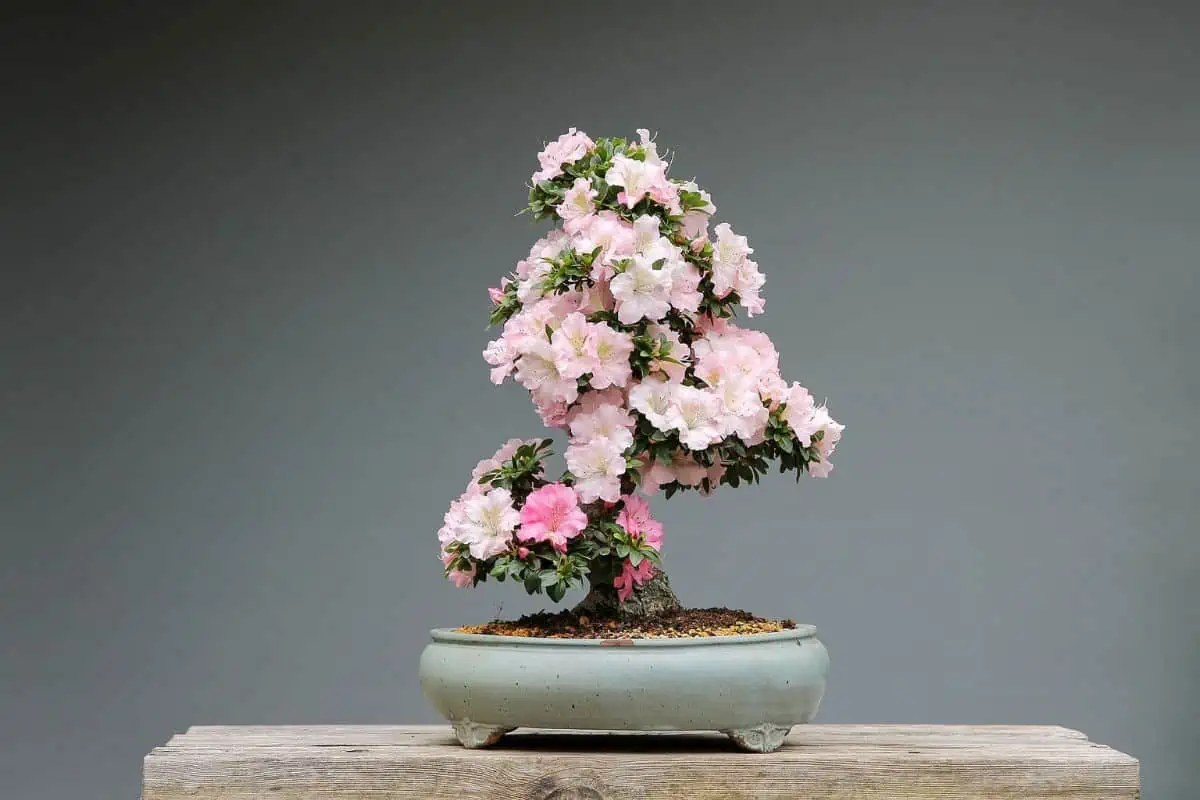Bonsai trees, with their intricate beauty and serene presence, have captivated enthusiasts around the world. While the art of bonsai is often associated with meticulous care and attention to detail, there are also low maintenance bonsai trees that are perfect for beginners.
In this article, we’ll look at some of the low maintenance bonsai you can grow, as well as a few tips to help you manage your plant with the least effort.
12 Low maintenance bonsai trees
1. Jade Bonsai
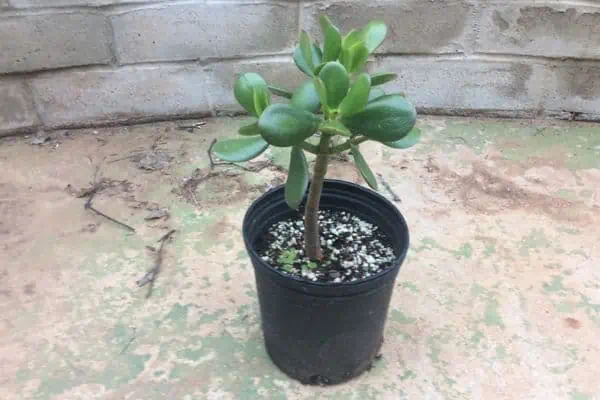
Scientific Name: Crassula ovata
Jade bonsai is a good option for beginners as it’s easy to take care of. Many bonsai lovers are attracted to it because of its thick, shiny leaves and gnarled trunk, making it a great addition to any living space. To care for a Jade bonsai, put it in a sunny area and ensure it gets at least six hours of sunlight daily.
You must also water it minimally and ensure the soil drains well. Jade bonsais are low-maintenance plants because they can survive dry periods and don’t mind if you forget to water them sometimes.
2. Ficus bonsai
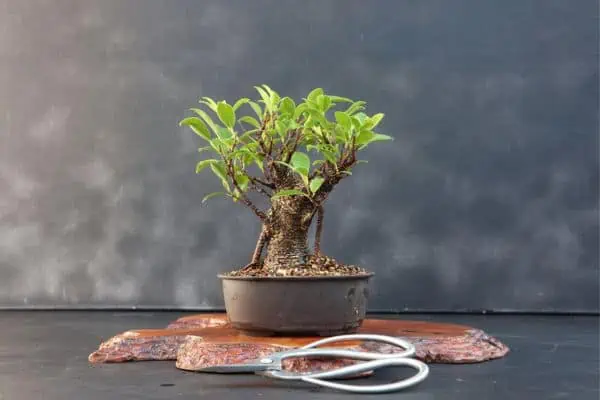
Scientific Name: Ficus retusa
If you’re new to bonsai, a ficus bonsai is a great option because it can handle being overlooked sometimes and can live in various environments. However, to ensure your plant will thrive well, you need to place it in a well-lit area away from extreme temperatures, water it regularly but avoid overwatering, and trim it to maintain its shape.
If you take good care of them, they’ll have shiny, dark green leaves and an interesting root system that makes them even more attractive.
3. Cedar bonsai
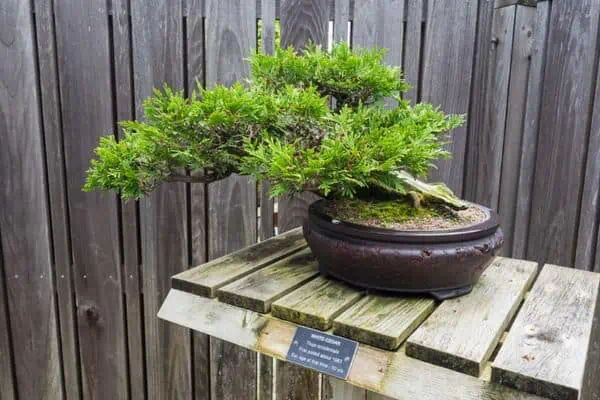
Scientific Name: Cedrus spp.
The cedar bonsai is a popular choice for bonsai enthusiasts because of its graceful and elegant look. Due to its hardiness and low maintenance requirements, it’s a fantastic choice for beginners as long as you give it a sunny location with good air circulation, water it frequently, especially during the growing season, and avoid getting high humidity levels as this plant doesn’t tolerate high humidity well. Cedar bonsai also don’t need much pruning and can survive in dry conditions.
4. Japanese Maple
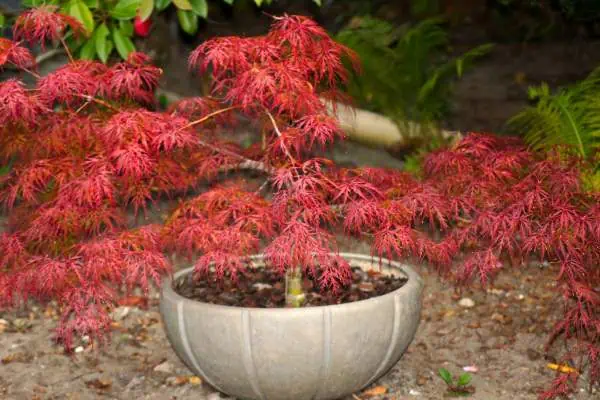
Scientific Name: Acer palmatum
The Japanese maple is a beautiful small tree that’s known for its leaves that change color during different seasons. It’s a great option for beginners because it’s easy to maintain, can adapt to various conditions, and looks beautiful in any garden or landscape.
To thrive well, plant it in well-drained soil, provide it with partial shade, and water it regularly. You can trim the plants during warm months, but avoid doing it in early spring when they are about to start growing again.
5. Weeping fig
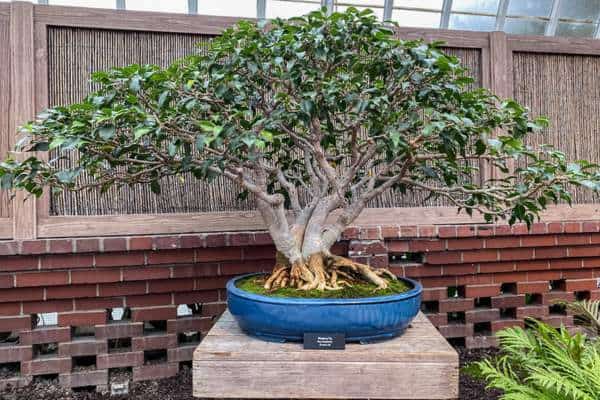
Scientific Name: Ficus benjamina
A weeping fig bonsai is a small version of the weeping fig tree with cascading branches and glossy, dark green foliage. These plants are resilient and can handle different conditions, so they’re good for anyone who likes bonsai, no matter their skill level.
A weeping fig needs to be kept in a well-lit spot away from drafts, water when the top inch of soil feels dry, and new growth should be pruned to keep the plant in the ideal shape. It’s best to prune after a new branch has grown 10-12 leaves.
6. Azalea
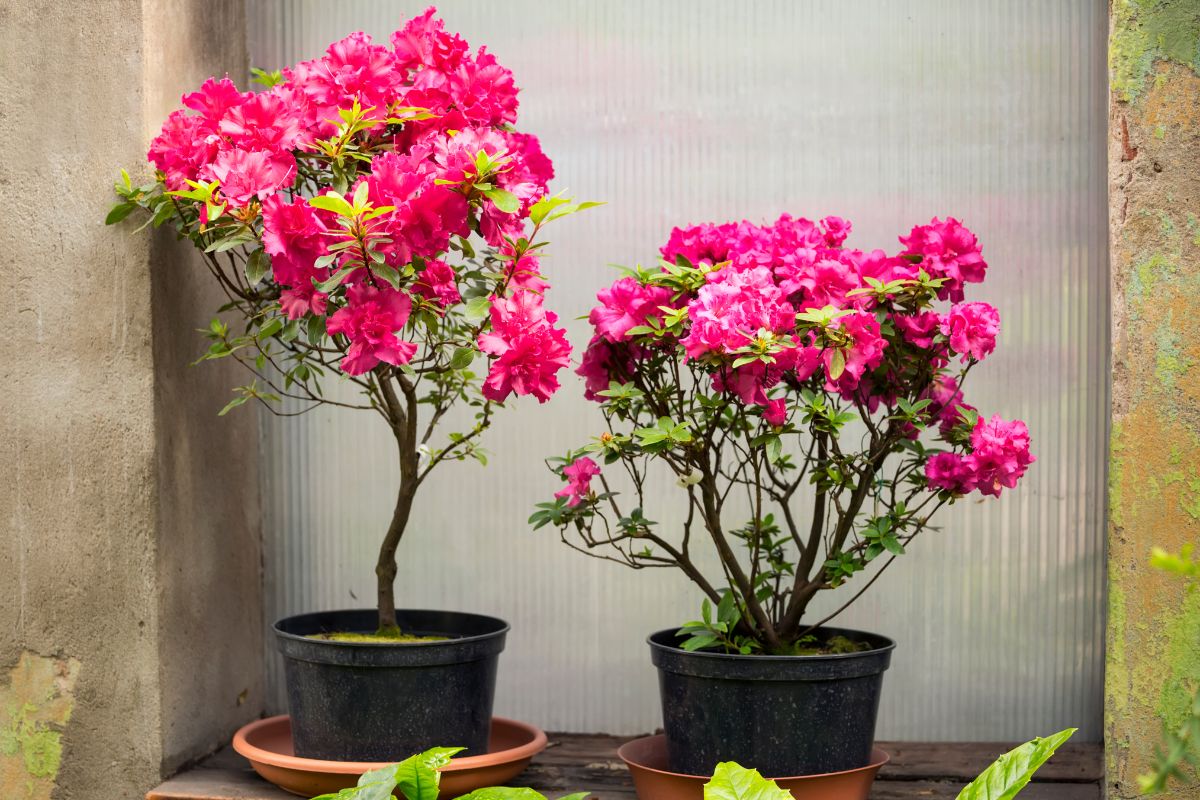
Scientific Name: Rhododendron spp.
Azalea is a beautiful plant known for its vibrant and showy flowers. These flowers come in various colors like pink, purple, white, and red, and they look beautiful and colorful wherever you put them.
When taking care of an azalea, it’s important to create a humid environment and water the plant regularly so that the soil is moist but not soggy. You should also remove the flowers after blooming to avoid bearing seeds and help the tree focus on producing new shoots.
7. Chinese elm
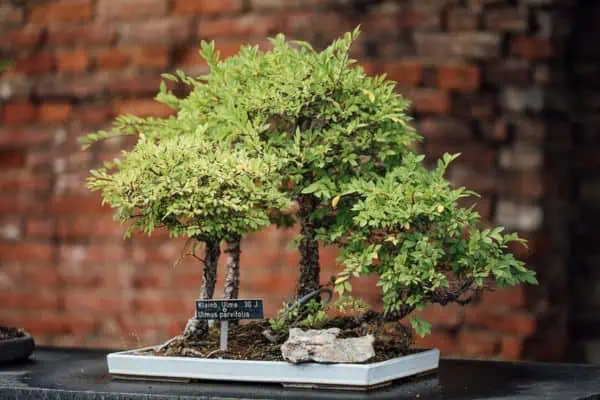
Scientific Name: Ulmus parvifolia
Chinese elm is a small tree with a thick, straight trunk and small, serrated leaves. This bonsai is great for beginners because it responds well to pruning and can be kept both indoors and outdoors, even during winter.
You only need to water it until the top inch of soil is dry, and because it thickens quickly, be sure to prune it on a regular basis to shape the tree and encourage branching.
8. European beech
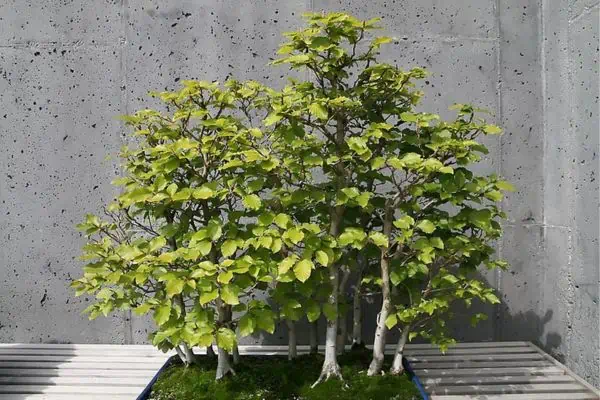
Scientific Name: Fagus sylvatica
European beech are renowned for their glossy gray bark and bright green foliage that change to golden colors in the fall. Although this plant can withstand frost, it still needs protection from frost when planted in containers. They need to be watered frequently so that the soil doesn’t dry up, and larger branches can be cut in the spring before the new buds appear.
9. Cotoneaster
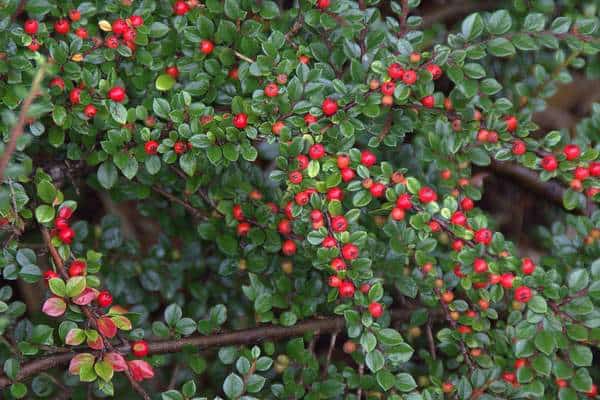
Scientific Name: Cotoneaster microphyllus
Cotoneaster has a unique growth pattern where short branches alternate on a thicker branch, resembling a herringbone. In spring to early summer, the plant produces small white or pink flowers, making it even more beautiful.
During the growing season, it should be in a sunny location, but on hot days, it should be placed in partial shade. This plant can only withstand short droughts, so water it frequently during the summer.
10. Purslane
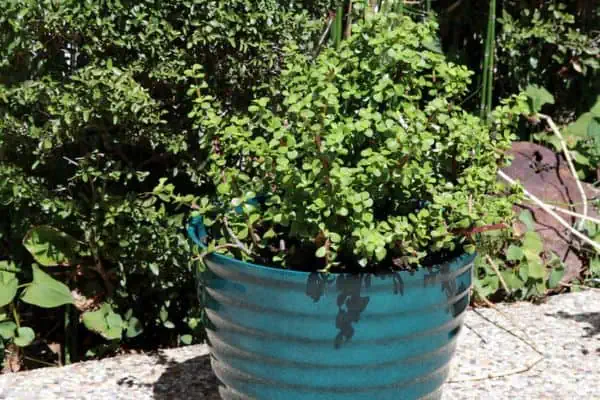
Scientific Name: Portulacaria afra
A Purslane, also known as dwarf jade or the elephant plant, can be recognized by its succulent leaves and vibrant flowers, blooming in shades of orange, white, or yellow. This plant needs to be placed in a sunny area and doesn’t require frequent watering because it stores a lot of water in its leaves and trunk. To make the trunk of your bonsai thicker, some experts suggest using bigger pots.
11. Rosemary
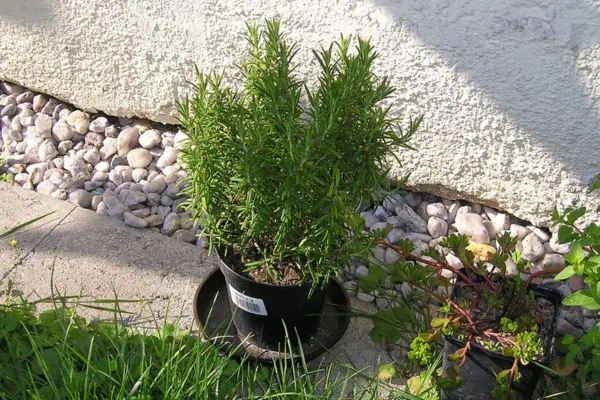
Scientific Name: Rosmarinus officinalis
Rosemary is a popular plant because of its fragrant needle-shaped leaves and pretty purple flowers. Aside from its decorative property, most people also prefer this plant because of its culinary benefits.
Since it requires little maintenance, it’s also a great option for beginners. Just be careful not to overwater it and make sure it has sufficient drainage. This bonsai also needs at least six hours of full sun outside, especially when it’s in its growing season.
12. Ponytail Palm
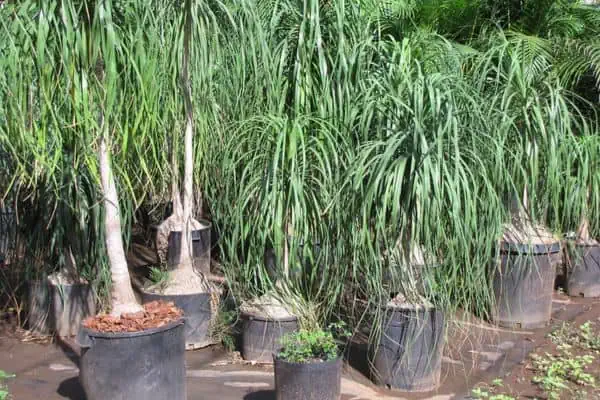
Scientific Name: Beaucarnea recurvata
If you’re looking for a unique bonsai to add beauty to your home, the ponytail palm should be among your choice. This plant is known for its distinctive look, featuring a thick trunk and long, drooping leaves that look like a ponytail. This is a great option for people who like bonsai, regardless of their skill level, because it only needs a little maintenance.
Since they are native to dry Mexico, this plant can survive dry, hot weather and doesn’t even need to be watered often. Even though it doesn’t require training like some bonsai do, it still needs regular pruning to stay in shape.
